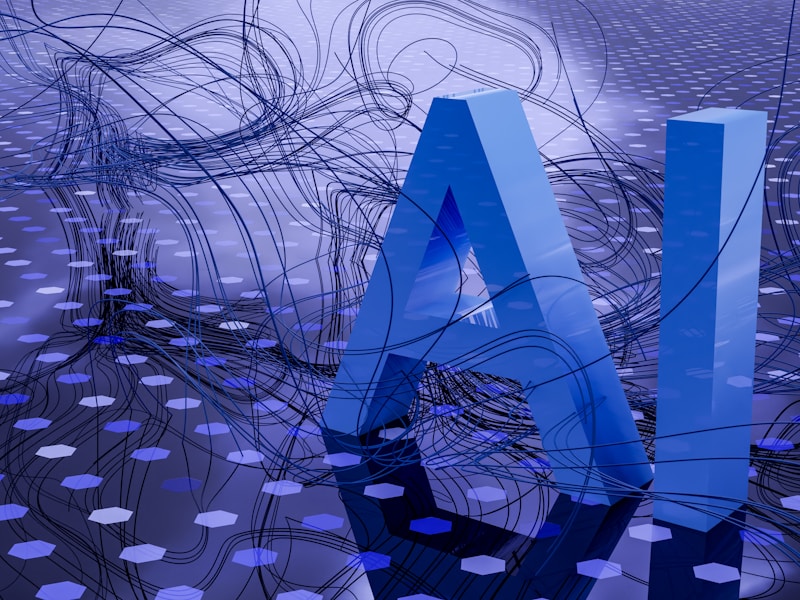

Generative AI tools that create text, images, music, and video have sparked intense debate about the future of creative professions. While headlines focus on replacement anxiety, the reality emerging is more nuanced—these tools are becoming powerful collaborators that amplify human creativity rather than supplanting it.
The latest generation of generative AI models demonstrates remarkable capabilities in producing original content across creative domains. However, the most successful applications combine AI capabilities with human judgment, taste, and creative direction. Understanding this collaborative potential is key to thriving in the AI-augmented creative landscape.
Generative AI models are trained on vast datasets of existing creative works, learning patterns, styles, and relationships within the data. Large language models analyze billions of text samples to understand language structure and meaning. Image generation models study millions of images to learn visual concepts and artistic styles. These models then generate novel outputs that reflect learned patterns while creating unique combinations.
The technology has advanced from producing crude approximations to generating highly sophisticated outputs that can be difficult to distinguish from human-created works. However, these systems lack true understanding, working through statistical pattern matching rather than conceptual comprehension. This limitation is both a constraint and an opportunity for human creative direction.
Professional creatives are integrating AI tools into their workflows as collaborators in the ideation and production process. Writers use AI to overcome blank page syndrome, generating initial drafts and variations that they refine and enhance. Graphic designers employ AI to rapidly explore visual concepts, then apply their expertise to select and polish the most promising options.
In film and advertising, AI tools accelerate pre-production by generating storyboards, concept art, and even rough video edits. This acceleration allows creative teams to explore more ideas and iterate faster, ultimately producing better final work. The AI handles time-consuming technical execution while humans provide creative direction and quality judgment.
“ AI doesn't replace the need for human creativity—it raises the floor and expands the ceiling, making basic competence accessible to all while enabling masters to achieve heights previously impossible. ”

Generative AI enables creative possibilities that were practically impossible before. Personalized content at scale—custom illustrations for children's books featuring the child as the protagonist, marketing materials automatically adapted to different cultural contexts, or video games with infinite procedurally generated storylines. These applications don't replace traditional creativity but represent new creative categories.
Training AI models on existing creative works raises complex copyright and attribution questions. Artists whose work trained AI models argue they deserve compensation when those models generate commercial content. The legal framework is still evolving, with courts considering whether AI-generated content qualifies for copyright protection and whether training on copyrighted works constitutes fair use. Creative industries must navigate these uncertainties while establishing ethical practices.
Despite AI's impressive capabilities, human creativity remains irreplaceable in several critical dimensions. Emotional resonance requires understanding human experience and psychology. Cultural context demands awareness of subtle social nuances. Strategic thinking about audience, message, and medium requires high-level comprehension. These uniquely human capabilities make creative professionals more valuable, not less, as they guide AI tools toward meaningful outcomes.
The integration of generative AI into creative industries represents an opportunity rather than a threat for those willing to adapt. Like previous technological disruptions—from photography to digital audio workstations—AI will change how creative work is produced while increasing demand for human creativity and judgment. The future belongs to creative professionals who master these tools, leveraging AI's capabilities while providing the vision, taste, and emotional intelligence that only humans possess.


